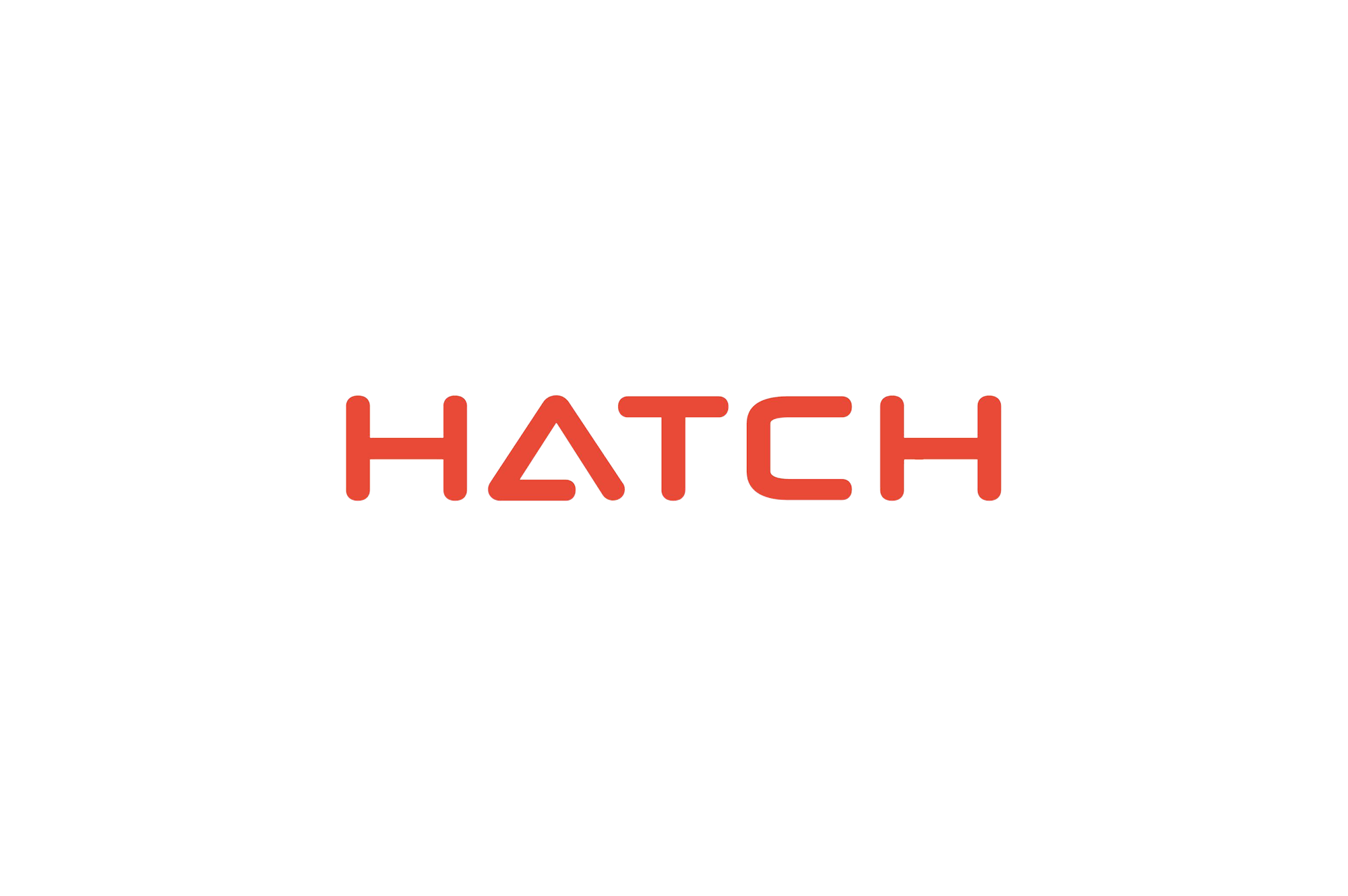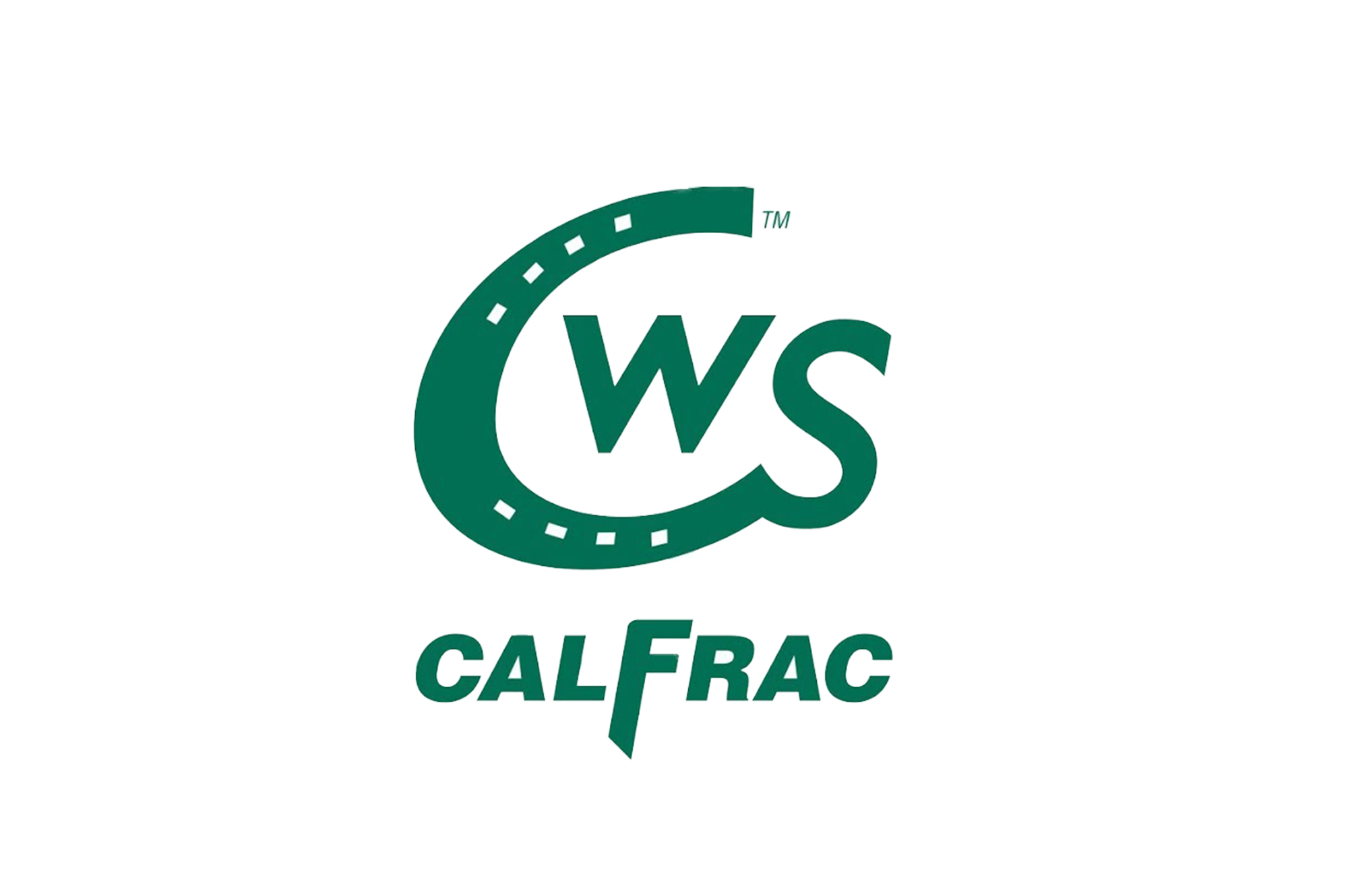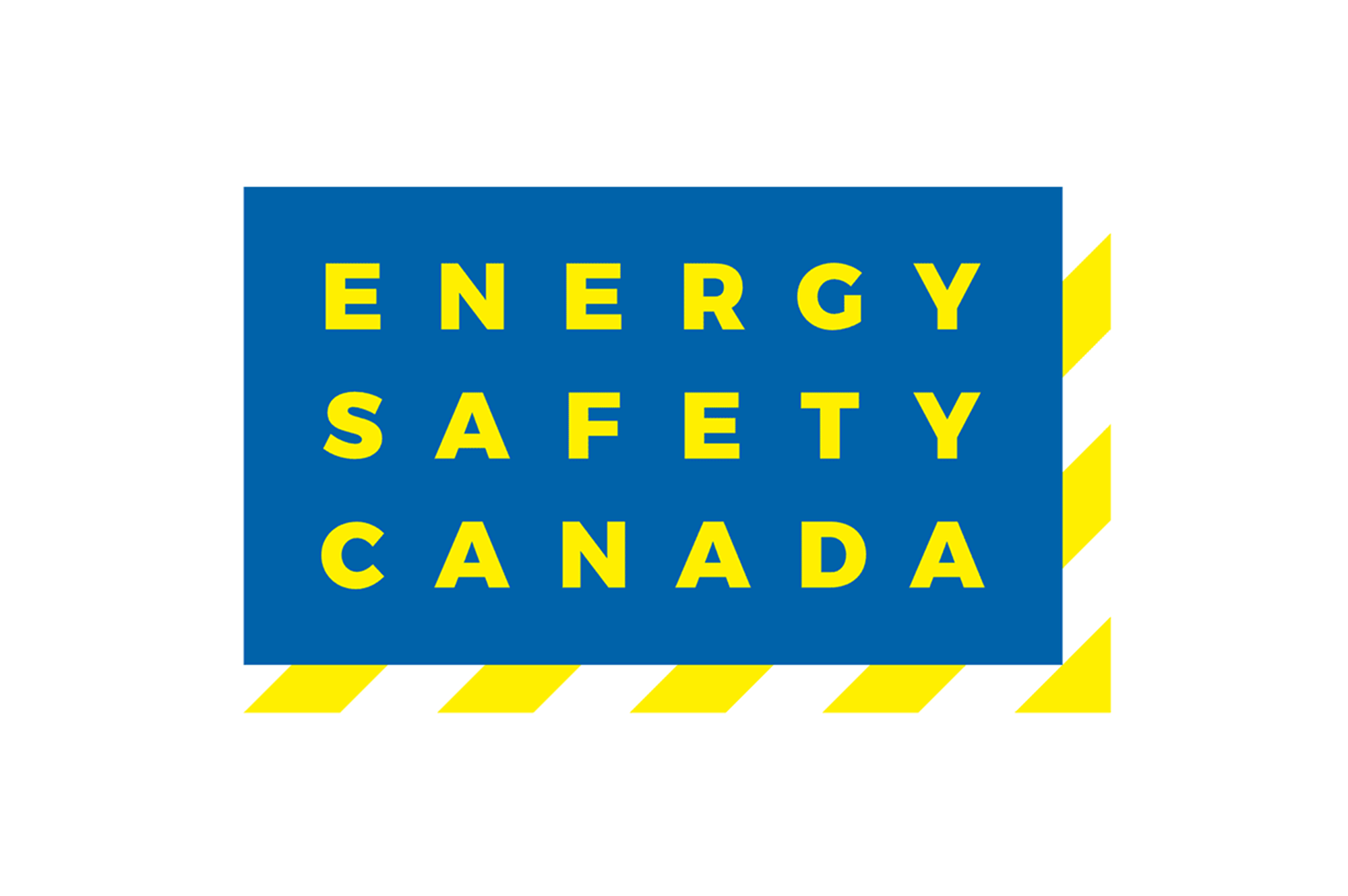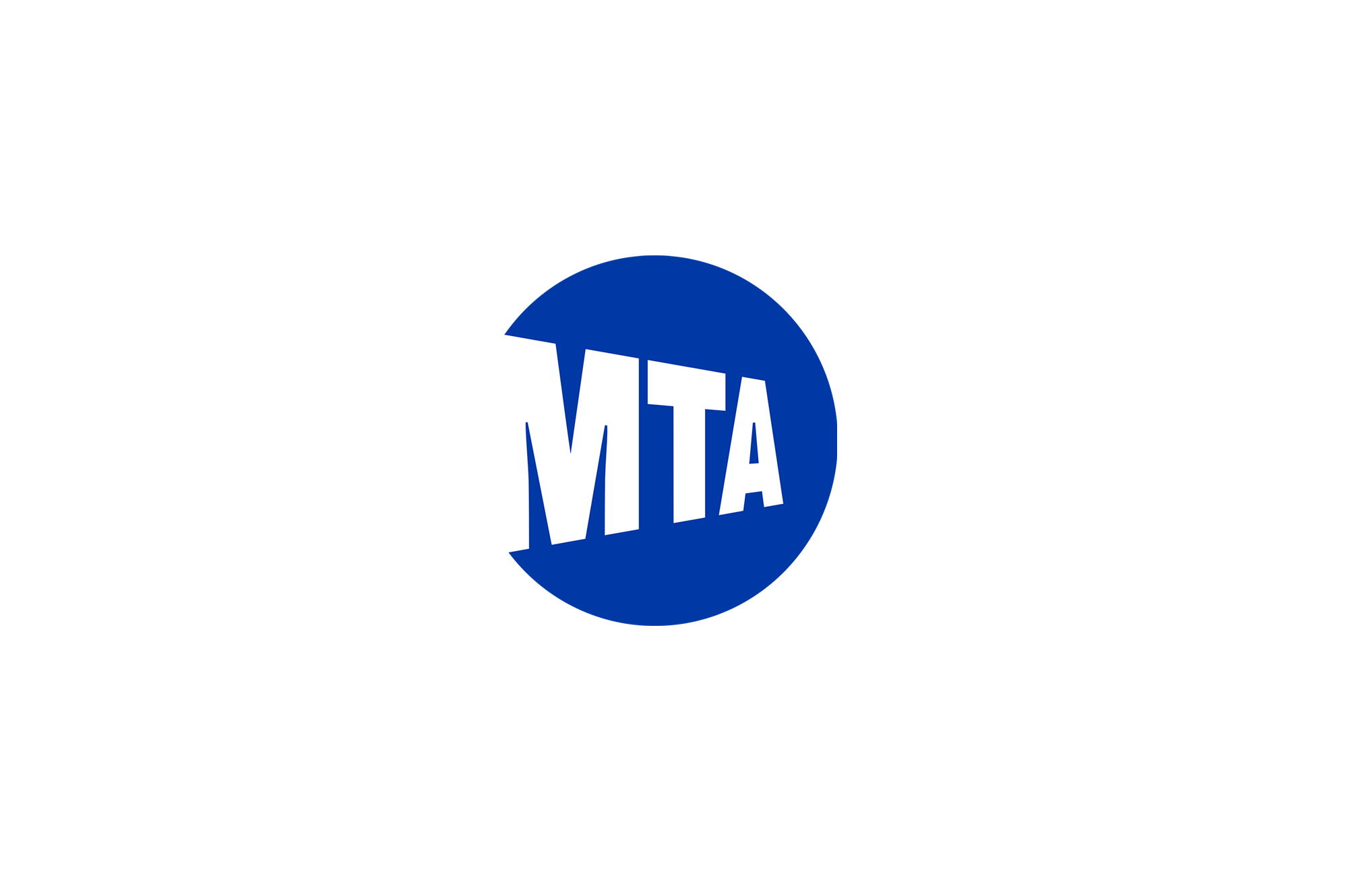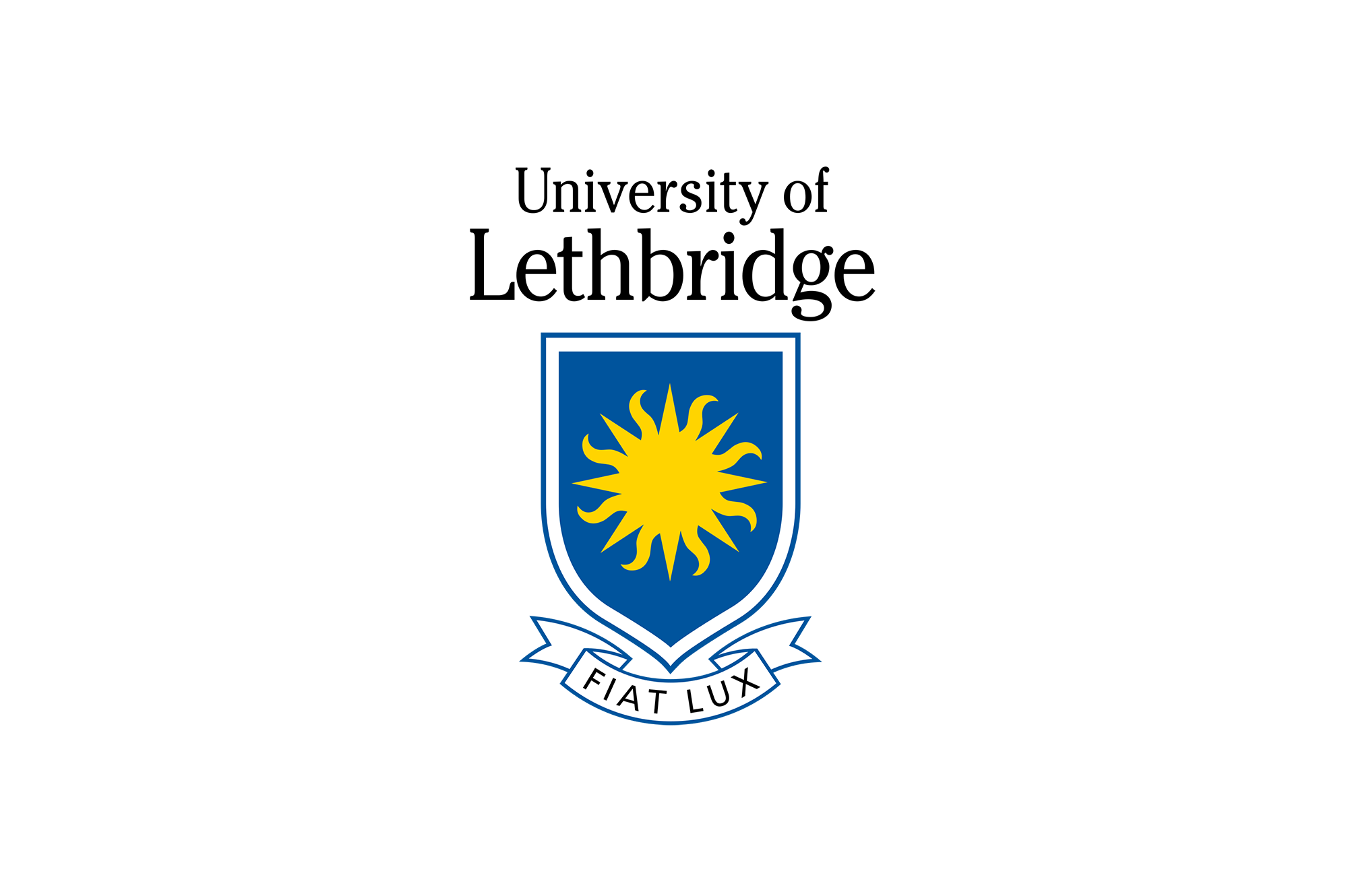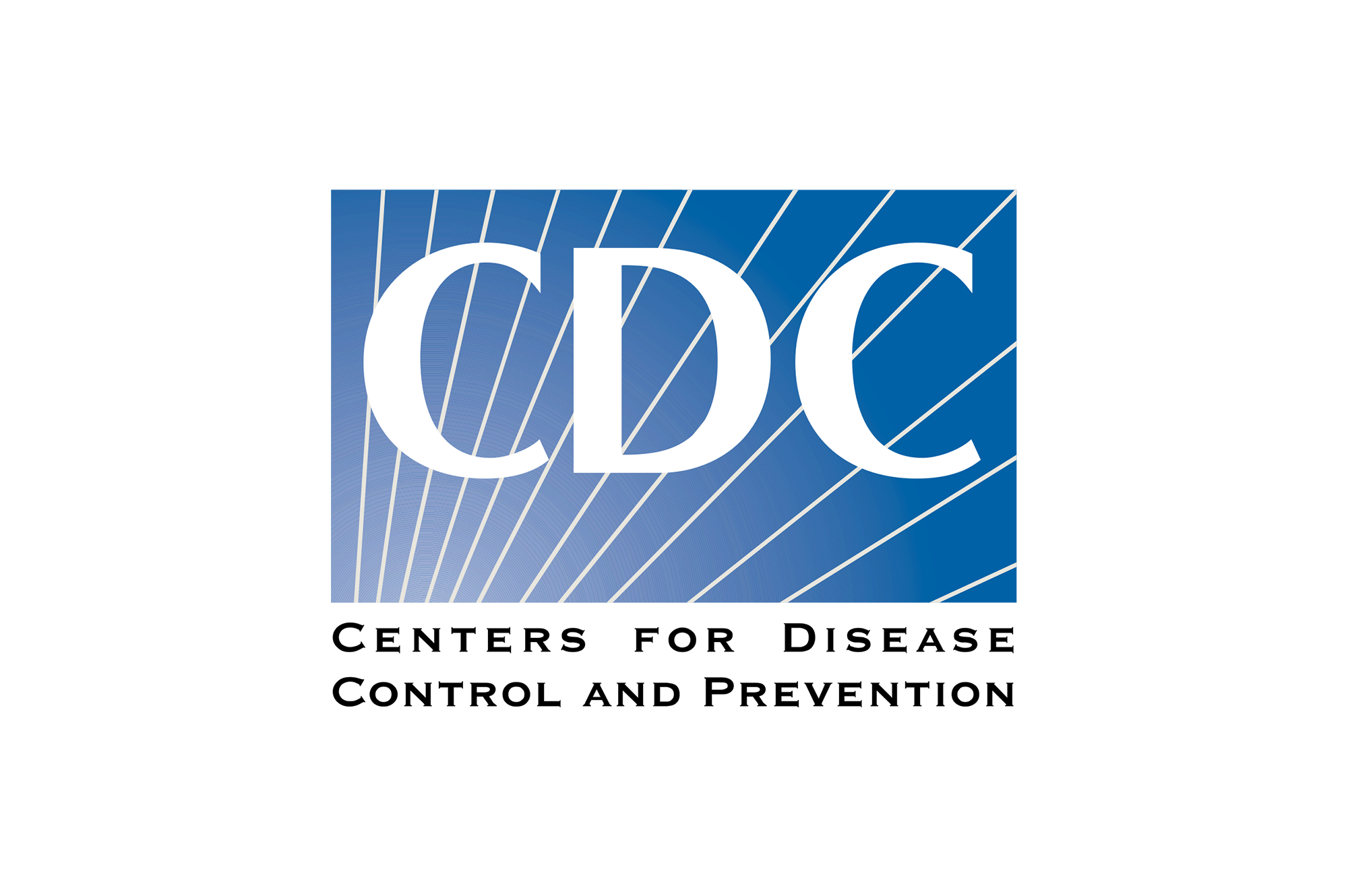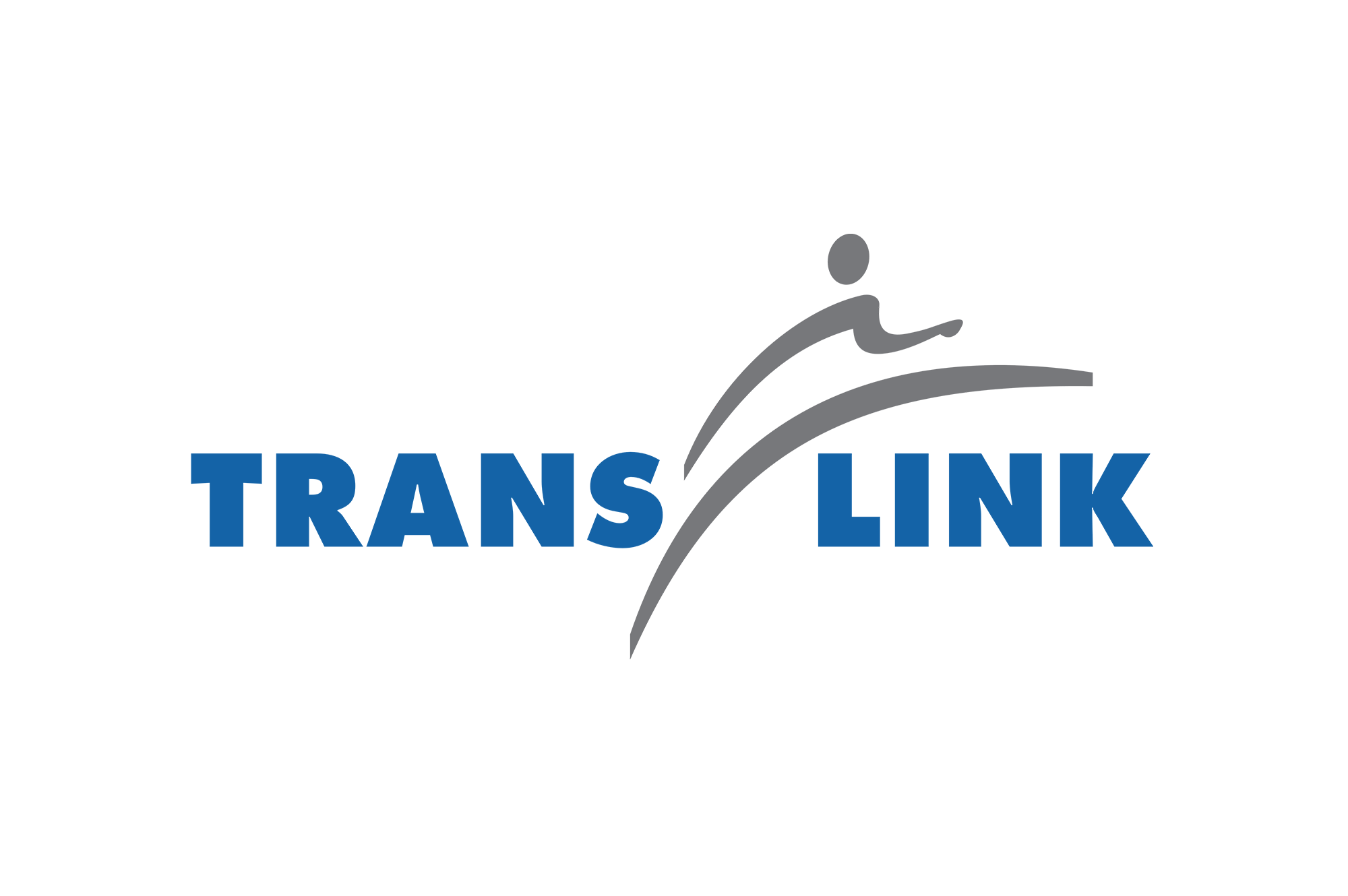BLOG
Evolving Your Workforce Training with Extended Reality (XR)
Understanding XR’s impact on workforce learning, safety and training.
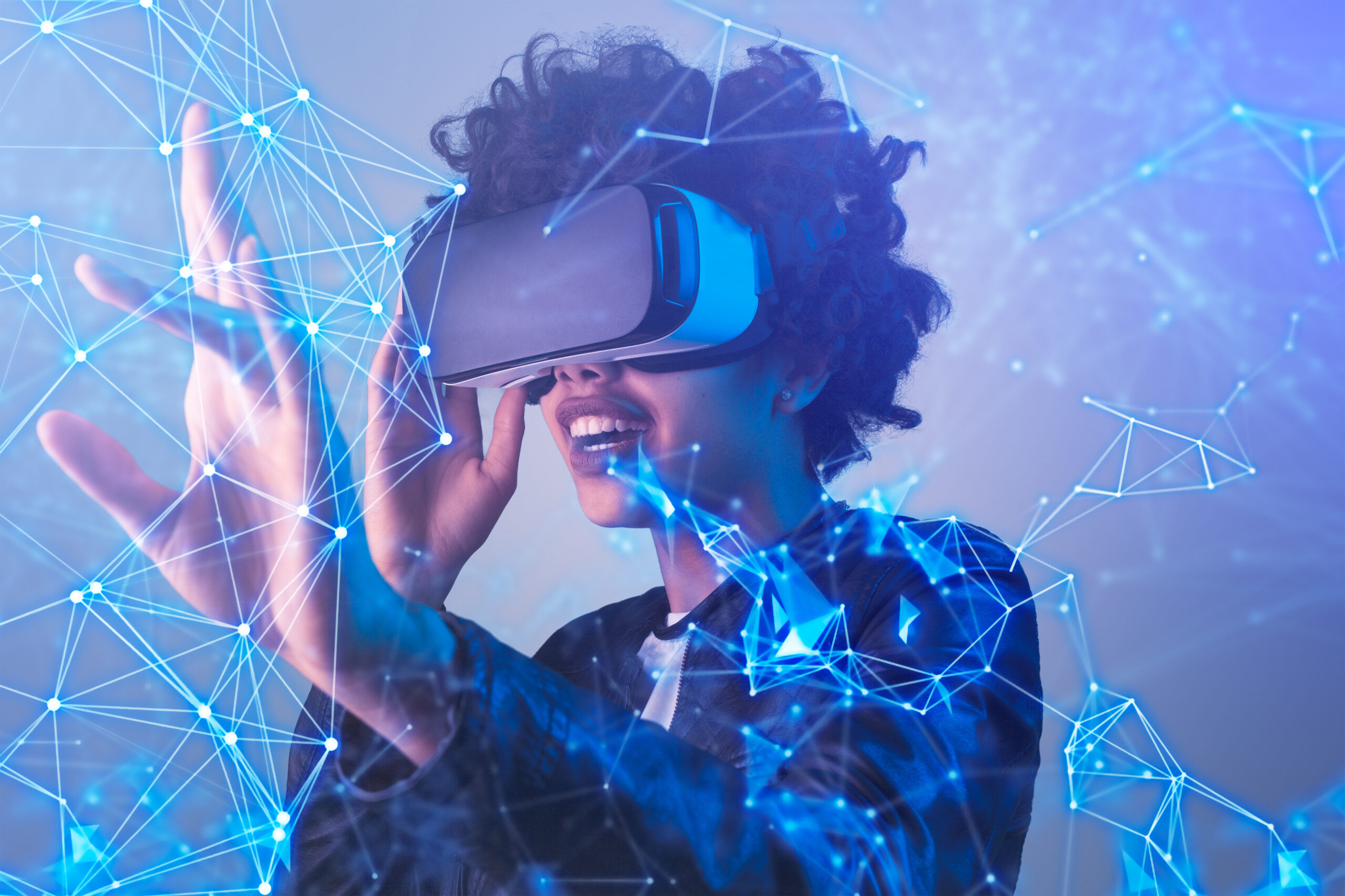
Understanding XR’s impact on workforce learning, safety and training.

Extended Reality (XR) was once a playground for gamers and early adopters. Now, it can be found in our day-to-day lives and workspaces.
In our newest series, we will be diving into XR’s beneficial use for workforce training and educational knowledge experiences. But what exactly is XR? Think of it as an umbrella term for the immersive technologies of: VR (virtual reality) which involves interactions in a digital environment, AR (augmented reality)—the interactions and placement of virtual objects in the real world, and MR (mixed reality) where users can interact with both real-world and virtual objects through a blend of physical and digital elements.
Today’s workforce is constantly evolving across different sectors including health care, education, manufacturing, and more. As you grow your organization, recognize that the evolution of employee training means adopting more immersive methods.
Still wondering how XR fits into all of this? Keep reading below.
There are several ways in which XR can benefit your organization and impact your learning.
This kind of impact offers benefits such as:
XR has the unparalleled ability to simulate real working environments and tasks for your team. Employees can master and apply what they’ve learned, reducing your organization’s performance time and the need for retraining.
Still not convinced about integrating XR into your organization’s development? Let’s review how this technology can improve workplace performance for your employees.
According to the International Labour Organization, approximately 2.3 million people have work-related accidents across the world every year. Although you can’t predict when an accident happens, you can, however, take measures to guard against harmful outcomes. Take advantage of XR’s capabilities to create safety training for employees, where they can engage with high-risk, high-impact situations in simulations without life-changing or fatal consequences.
AR and VR functionality also allow you to provide your team with a walkthrough of job sites to recognize lockout tagout candidates and step-by-step guidance on handling hazardous materials.
Now imagine if the risk to your environment was an unexpected challenge like a robbery or a fire. When these situations occur, you have protocols and procedures in place, but it’s ultimately up to your team to execute them. While we hope they never occur, XR technology can be used to let your team practice the skills they need to keep all employees safe.
Your workforce’s growth relies on all of your departments performing their best to meet organizational goals. XR training can simulate different situations such as negotiating a business deal or discussing a sensitive topic with an employee, while providing opportunities for reflection and coaching. Leadership training, diversity and inclusion training, and customer service training can all be enhanced through XR.
Emerging evidence from a PwC study indicates that learners in XR environments:
The ability to learn and practice in a risk-free environment reduces both human and equipment costs. Through using XR, virtual errors become learning opportunities and training becomes a safe space to fail. Several industries have single use materials that may be better used in real-world applications than for training purposes. XR training allows your organization to avoid excess material costs and wastage through the use of simulations and virtual materials.
As XR continues to evolve, so can your organization’s workforce training and development. While training will continue to be a blend of different modalities, XR promises a more robust and realistic environment in which employees can learn, practice, and efficiently develop their skills and abilities.
Have a question about how XR fits your organization? Connect with one of our experts today to learn more.
Be sure to keep an eye out for the next installment in our XR blog series!
Or read our Benefits of XR White Paper!



